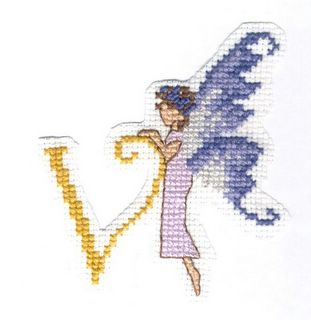Light through, light on
There are many ways that light touches human existence. It can serve as a beacon, a medium of hope, or in another sense, a symbol of perception. Marshall McLuhan focused much of his exploration on how light influences the world. Light permeates the world in a way which most people are oblivious to its effects. It is our perception, or the illumination of the ‘Eureka’ light bulb that places us in a sphere of comprehension.
Light, as in the example of a candle, needs an external force to light it. Candlelight bathes a dark room in light, but just as easily can be snuffed out. In such a technological world as ours, we are constantly bathed by light waves. However, as individuals, we often lack the ability of personal perception. As McLuhan stated:
You are the content of any extension of yourself, whether it be pin or pen, pencil or sword, be it a palace or a page, song or dance or speech…The meaning of all these is the experience of using these extensions of yourself. (McLuhan Essential 280)
This statement can extend into the realm of perception. Our environment and we are not mutually exclusive. Each of these parts is an integral part of the other. The light that passes through us, also should give us the means for reflection. The statement “Light through, light on” resonates with the other commentaries made by McLuhan about the media around us. Rather than being an entity without us, the media we use becomes an integral part of our whole. Thus, we are in a constant state of evolution:
Apropos “the medium is the message” I now point out that the medium is not the figure but the ground, not the motor car but the highways and the factories. Also, I point out that in all media the user is the content, and the effects come before the invention.
(McLuhan Essential McLuhan 276)
To truly understand how the media works around us, we must remember that it would not exist without our aid. Instead of picturing the media swirling around us, we should instead perceive it as moving through our bodies. In his chapter on Hybrid Energy, McLuhan states:
If the student of media will but meditate on the power of this medium of electric light to transform every structure of time and space and work and society that it penetrates or contacts, he will have the key to the form of the power that is in all media to reshape any lives that they touch.
(McLuhan Understanding Media 60)
The electric light, a favourite analogy of McLuhan, serves to represent the effects of our surrounding world. Just as the electric light changed the conception of the world at night, illumination or perception of the world is not to be taken for granted.
As the light of the world passes through each individual, these people are inextricably changed. We synthesize the light being forced into our pores, and before we know it, glow with our own phosphorescence. To live in our electrified society, we must always keep in mind that although the light may pass through, it is our own eye or perception that is the most crucial. To recap on the levels of understanding, we must return to the levels of perception:
Formal Cause Literal Level
Material Cause Figurative (Allegorical) level
Efficient Cause Tropological (Moral) level
Final Cause Anagogical (or Eschatological) level
(McLuhan Laws of Media 218)
Each level can hereby explain the idea behind “Light through, light on.” At a literal level, light illuminates and sometimes penetrates the object closest to it. On the figurative or allegorical level, light can be used as a symbol in a past event. At the moral level, it can represent an ideal, like a beacon of hope. Finally, as with before, the fourth level of anagogical reference is the most significant. For the viewing individual, it is important to receive the light, but also to be able to project it back out to the world. In the example of the media, critical study and reflection show the ability to receive and transmit perception. However, if the light only passes through, and is not reflected upon, there is little that will be achieved. We must be critical viewers of the light around us, not letting it just pass through us, but also to touch us individually.
McLuhan knew that the electric light served to illuminate the world, not only on a literal level. It is through a careful examination of the medium that one learns that there is more to it than meets the eye. Our personal perception of the media surrounding us is the only means we have to shed any light on the subject of the media.
Works Cited
McLuhan, Eric and Frank Zingrone. Eds. Essential McLuhan. Concord: House of Anansi
Press Limited. 1995.
McLuhan, Marshall and Eric McLuhan. Laws of Media: The New Science. Toronto: University of Toronto Press. 1988.
McLuhan, Marshall. Understanding Media: The Extensions of Man. New York: McGraw-Hill. 1964.



0 Comments:
Post a Comment
<< Home